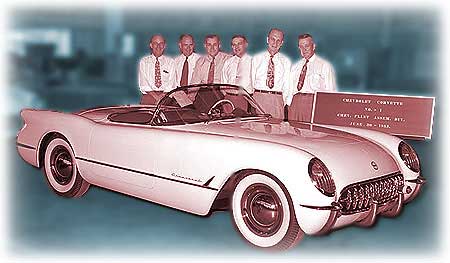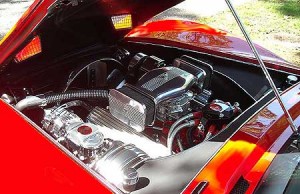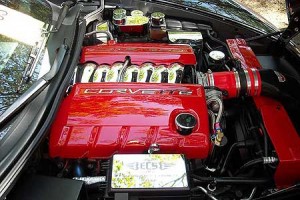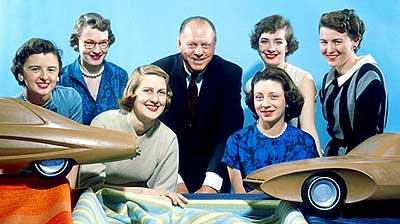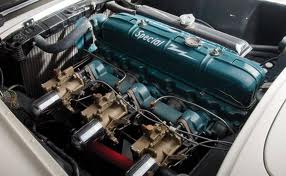Dateline: 5.15.12
A look back 60 years ago to how the first Corvette came to be.
I call the Corvette the “The American Automotive Horatio Alger Story.” It’s the ultimate automotive rags-to-riches story. You could also call it an automotive Cinderella story. While the C6 has taken more flack than it deserves, it’s good to look back to the very beginning to get a really clear picture of how far the Corvette has come in 60 years.
Since we’re rolling into the C6’s final year and looking forward to the new 7th generation Vette, the next several installments of my VETTE Magazine monthly column looks back at the “first” of each generation Corvette. So, let’s go back to the beginning. – Scott
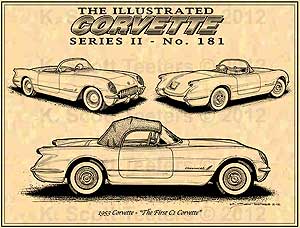 In September 1951, GM’s chief of design, Harley Earl took his Le Sabre dream car to Watkins Glen for a little GM-style show’n tell. Earl was impressed with the “sports cars” he saw there and went back to work with a new car concept for General Motors – an American sports car.
In September 1951, GM’s chief of design, Harley Earl took his Le Sabre dream car to Watkins Glen for a little GM-style show’n tell. Earl was impressed with the “sports cars” he saw there and went back to work with a new car concept for General Motors – an American sports car.
Post WW II saw the birth of plastics and glass-reinforced plastic, or “fiberglass” and Earl saw a new way to build prototypes and production cars. In February ‘52, Life Magazine presented the new space age material in a story titled “Plastic Bodies For Autos.” By March, GM was reviewing the Alembic I, a fiberglass bodied Jeep. Impressed with the new material, Earl decided to start moving on his sports car idea. Engineer Robert McLean designed a chassis layout and by April a full-size plaster model was shown to GM’s management. The following month, Ed Cole was promoted to Chief of Engineering for Chevrolet and was onboard with Earl’s project. Earl pitched his concept to GM’s president, Charles Wilson and Chevrolet general manager, Thomas Keating in June and got the approval to build a functional prototype for the GM Motorama in January 1953. The car’s working name was… “the Opel Sports Car.” Continue reading “1953 Corvette – The Story of the First C1 Corvettes”

